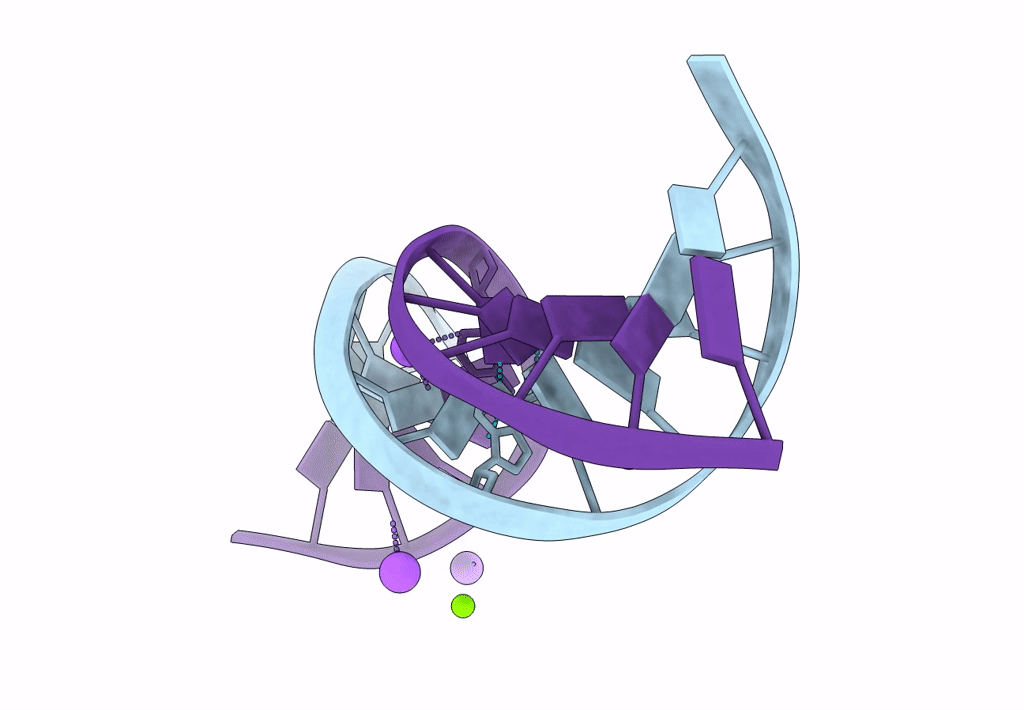
Deposition Date
2010-09-01
Release Date
2011-08-31
Last Version Date
2023-09-06
Entry Detail
Biological Source:
Source Organism:
Method Details:
Experimental Method:
Resolution:
1.10 Å
R-Value Free:
0.19
R-Value Work:
0.16
Space Group:
P 21 21 21


